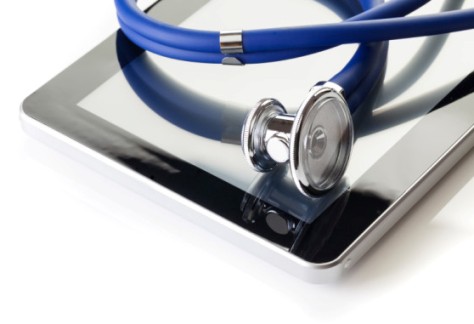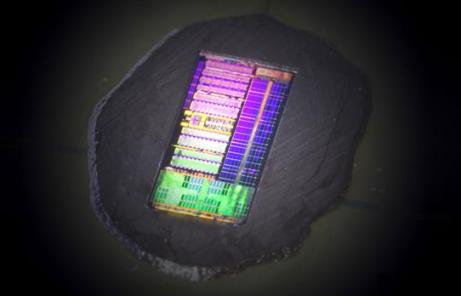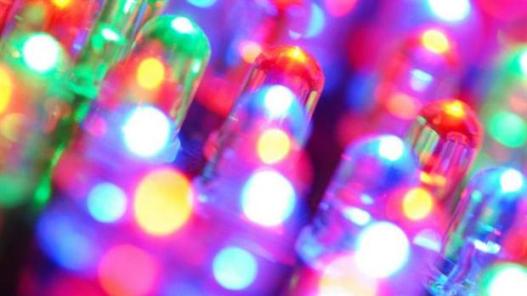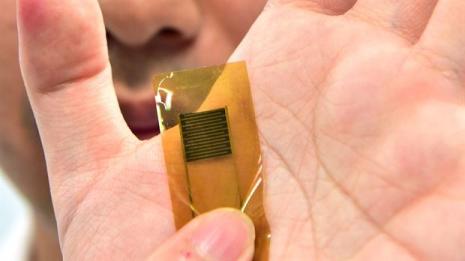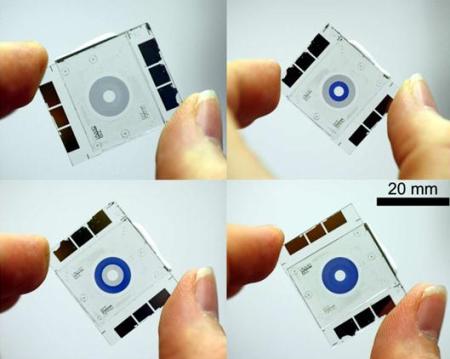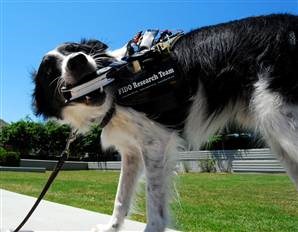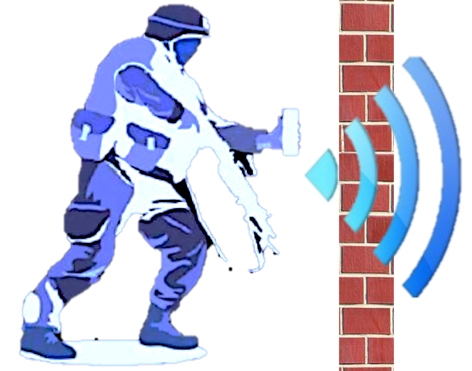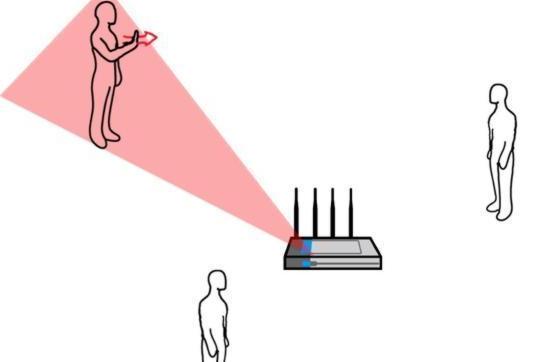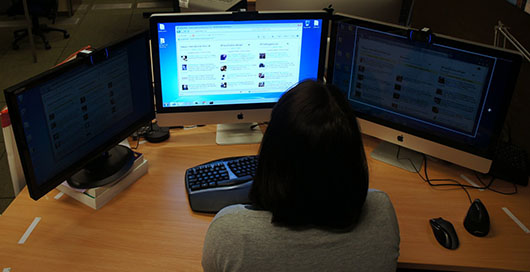While researchers and scientists try to sprinting in their effort to achieve more effective vaccines or drugs to overcome various diseases, health centers face a changing scenario where telemedicine is opening up step. There is not to talk, only displays and more agile management of primary care systems. The consumer technology has strongly taken the scalpel of the future. It is time for innovation. And that some firms seeking scratch presence arising from consumer technology sector like Apple. During an interview, its CEO Tim Cook reeled off some of the…
Read MoreCategory: Tech Research
The next chip could be connected by light, instead of copper
Current computer processors use metal wires to exchange information with other components, sending and receiving electrical signals moving through them. This has limitations because of the resistance of copper. One area that historically promises to solve this problem is the photon: use light to transmit data over optical fiber, but the technology was too complex to be included in a microchip. Leaders of a project that got underway three American universities (the University of California at Berkeley, the Massachusetts Institute of Technology and the University of Colorado at Boulder) report…
Read MoreTest a Li-Fi network, a hundred times faster than Wi-Fi
Estonia’s Velmenni Company began the tests outside the lab with wireless connection based on a lighting system; do not believe that it is a replacement for the conventional Wi-Fi… There is no doubt that the emergence of Wi-Fi changed the way the Internet is used and has become indispensable for most people. But it seems that is overdue. And the culprit is called Li-Fi. Although this wireless technology was announced four years ago, has now been when performed the first tests in the real world, i.e., outside the laboratory. The…
Read MoreThe thermometer strip is renewed with an ultrathin version
Researchers at the University of Tokyo have developed an ultrathin shaped plastic strip thermometer that sticks to the skin and will be available in about three years, reported public broadcaster NHK. The thermometers with flexible plastic shaped exist long ago, but this, adhesive, allow a more advanced, especially in hospital use. This device, with a thickness of about a quarter of human hair, accurately measures a temperature between 25 to 50 degrees Celsius and recorded oscillations of up to 0.1 degrees. The research director, Takao Someya said the thermometer can…
Read MoreCreates a chip that functions as a brain
Researchers from IBM introduced a chip that the size of a postage stamp that operates like a supercomputer and mimics the functioning of the human brain. For example, in a standard video test could recognize the presence of people, cyclists, trees and other objects with greater accuracy, speed and economy than any conventional computer resources. The chip so-called “neurosynaptic” opens up a whole range of possibilities in computing, from cars that run themselves to artificial intelligence systems that can be installed on smartphones, explained their creators. Researchers at IBM, Tech…
Read MoreDevelop a new diaphragm for digital cameras
A development of a group of German researchers could change the way the cell phone cameras are built. The study, published in the Journal of Optics, describes an alternative way to construct the diaphragm, the element behind the lens determines how much light reaches the sensor – or film – varying its opening. Researchers from the University of Kaiserslautern created an ultrathin device (55 micrometers thick) made with concentric circles made of two layers of glass in the middle of which is a electrochromic materials, ie, which darkens or lightens…
Read MoreDevelop a device to improve communication between dogs and humans
A research group at Georgia Institute of Technology are working on a system called FIDO, (facilitating interaction for dogs with occupations). This project aims to improve communication of dogs with humans; it would be of great use in dogs in rescue or assistance. In this idea are involved, the professor Melody Jackson, professor and technical leader of Google Glass, Thad Starner and Clint Zeagler scientific researcher. Jackson explained FIDO intends to make easier the task of communication between dogs and their owners, either a disabled or rescue body.
Read MoreA system that detects human movement through walls for Wi-Fi
Researchers at MIT (Massachusetts Institute of Technology) working in Wi-Vi, a system that detects human movement through walls by using two antennas and a Wi-Fi signal receiver, as reported by the institution itself. Wi-Vi might help, for example, rescue teams are searching for survivors after landslides and earthquakes, the policemen who need to identify how many criminals hide in a building, and as well as evolve toward a personal security device that will allow us to know if anyone is still quietly in a poorly lit street.
Read MoreCreate a gesture recognition through WiFi signals
Researchers at the University of Washington developed a system that detects and recognizes human gestures based on WiFi signals. It is an alternative to current systems based on the vision of gestures such as Kinect. Users could control different appliances with a simple gesture with the hand from any room in the house. The gesture recognition systems have led to a revolution time for entertainment. This type of system, like for example Microsoft Kinect, let users play certain video games without the need to use a remote control is his…
Read MoreA computer monitor that controls if you pay attention to your work
Researchers at the University of St Andrews (Scotland) have developed a new monitor for your computer able to tell your boss if you’re paying attention to the work that you’re doing. According to its creators, this new system would reduce distractions and increase productivity of the working day. This new device, called “Diff Displays”, is based on a camera placed on the computer screen that is able to identify whether the worker’s eyes are focused on the screen or not, according to ‘Daily Mail’, which further explains that this technology…
Read More